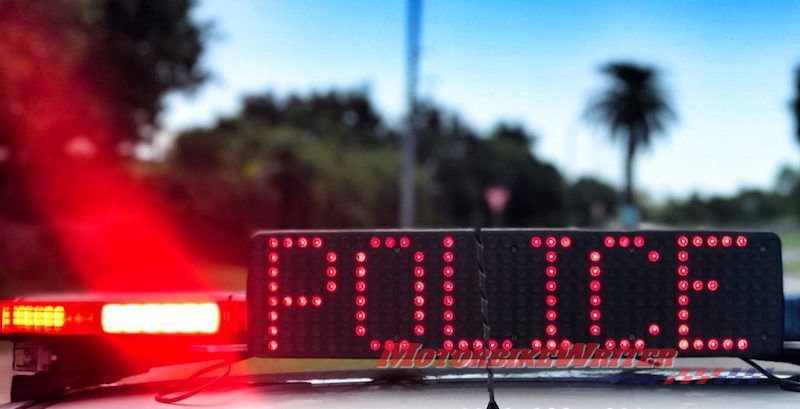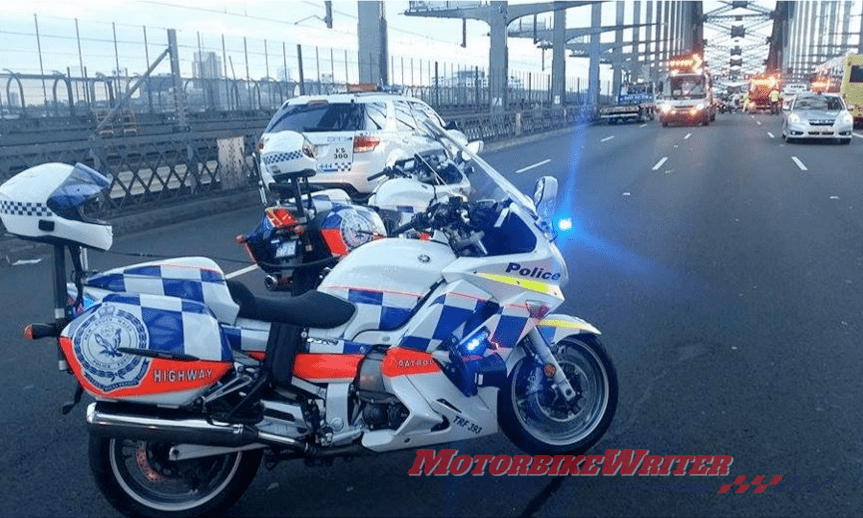NSW will join Victoria, Western Australia and South Australia with a new road rule requiring all motorists to slow down when passing stationary or slow-moving emergency vehicles.
In NSW, WA and Victoria, motorists have to slow to 40km/h, but they have to slow to 25km/h in SA.
Queensland has rejected Police Union calls for a similar road rule.
Criticisms
While the rule is designed to protect emergency service workers, critics say it can be dangerous.
They say that on highways, traffic dangerously bunches up to slow from 100km/h or even 110km/h to 40km/h (or 25km/h) while they pass emergency vehicles.
The rule can be particularly dangerous for vulnerable motorcyclists who could be rear-ended in the concertina effect.
Riders should be wary of traffic behind them and look for an escape route, possibly between lanes or on the road edge.
It is also confusing for motorists travelling interstate because of the disparities in the rule.
Motorcycle Council of NSW spokesman Steve Pearce acknowledges that emergency workers should be protected.
“However, by suddenly reducing the speed limit on a major carriageway to 40km/h we are swapping the safety of emergency workers for the safety of ordinary motorists,” he says.
“Anyone who has driven on a high-speed road knows the effect of braking suddenly from 110km/h to 40km/h.
“The resulting snaking of traffic can produce a trail of rear end collisions, and more often than not this is what happens.
“Motorcyclists are the most vulnerable of road users. The effect of a rear end collision of a motorcyclist will most likely be a serious injury or fatality. In our view, more consultation, thought and planning needs to be performed before introducing new road rules such as these.”
Emergency rules vary
Emergency vehicles are defined as police cars, fire engines and ambulances displaying red and blue flashing lights and/or sounding their siren.
In Victoria it includes all “escort vehicles” (check the video below). In SA SES vehicles are included and in WA it extends to all emergency vehicles, including tow trucks, RAC roadside assistance patrol vehicles, and Main Roads Incident Response Vehicles removing road debris and broken-down vehicles.
The rule does not apply if the emergency vehicle is on the other side of the road where there is a median strip.
Fines also vary
In South Australia, you can cop a maximum fine up to $1007 and some motorists have been disqualified for six months.
Victoria’s fine is $272.05, but there is a maximum court penalty of $777.30 if you unsuccessfully challenge the fine.
In NSW, the fine is $448 and three demerit points while in WA it is $300 and three points.
The new road rule will be trialled in NSW for 12 months from 1 September 2018 before all authorities concerned decide whether to make the law permanent.



